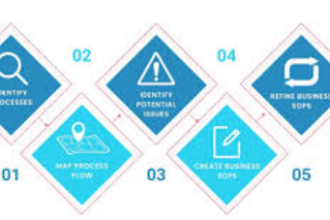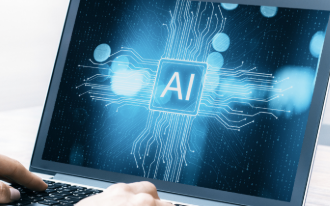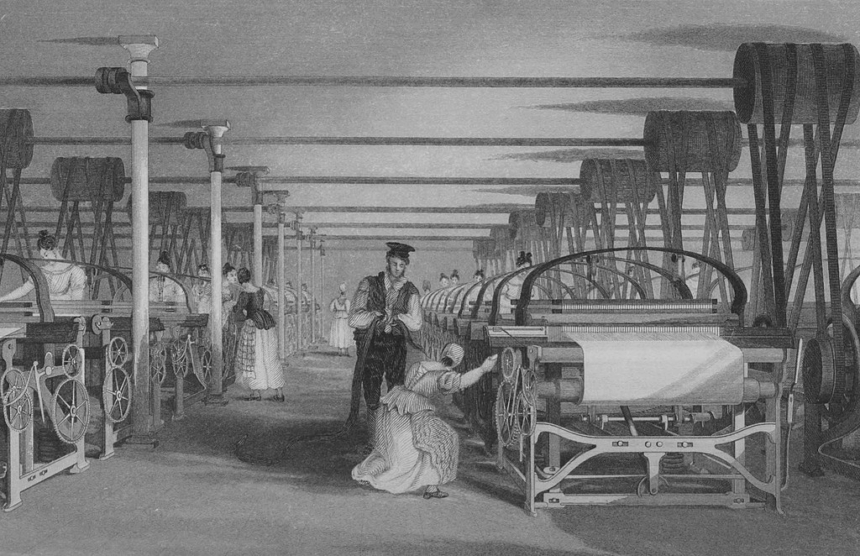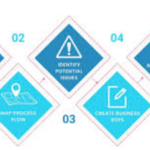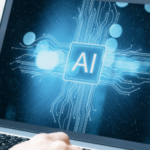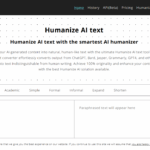In this article, I will discuss the What Is the History of the Industrial Revolution, a moment that changed the world forever.
Starting in the late 1700s, the movement shifted work from hand tools to steam engines and spinning wheels. Those early inventions set off a chain reaction of tech, social, and economic changes that built the modern factory-centered society we know today.
Overview
The Industrial Revolution was a game-changing moment in human history. From the late 1700s to the early 1900s, big new machines, factory systems, and sweeping social shifts turned quiet farming towns into bustling industrial centers.
Born in Britain, this change spread across Europe, North America, and beyond, setting the stage for the fast-paced, machine-driven world we live in today.
What Is the History of the Industrial Revolution?

Origins and Background
The Industrial Revolution kicked off in Britain in the late 1700s, thanks to a mix of money, people, and new ideas. Earlier changes in farming had raised food output, so more mouths could be fed and plenty of workers were left over.
Add to that hills full of coal, tons of iron, a calm government, banks willing to lend, and ships sailing to far colonies, and Britains setup really shined. Curiosity and scientific thinking also buzzed in the air, giving inventors the push they needed.
With all this working together, Britain shifted from hand-made goods at home to machine-powered products in noisy factories a change that soon crossed borders and changed the world.
The First Industrial Revolution (Late 1700s – Mid-1800s)
The First Industrial Revolution changed how things were made, moving away from hand tools and toward steam-powered machines. Starting in Britain, it introduced several breakthroughs:
- Textile Innovations. Inventions such as the Spinning Jenny (1764), Water Frame (1769), and Power Loom (1785) pushed cloth production forward and cut down the hours that workers spent spinning and weaving by hand.
- Steam Power. Scottish inventor James Watts upgrades to the steam engine in the 1770s made the engine steady, giving factories and trains a new, replaceable source of energy that outperformed water wheels and horses.
- Iron and Coal Industries. Using coke instead of charcoal boosted iron production, and mines dug deeper than ever to pull up the coal that fired the growing number of steam engines.
- Factory System. Rather than working in scattered homes or small workshops, people gathered under one roof in large factories, speeding up manufacturing and keeping workers on strict schedules.
- Urbanization. Millions left farms for city jobs, fueling rapid growth that packed housing together and created fresh problems, from overcrowding to pollution.
Transportation and Communication Advancements
The Industrial Revolution completely reshaped how people moved and talked with each other. Steam engines powered new trains and steam boats, cutting trip times and shipping costs so much that travel and trade exploded.
Canals and better roads connected towns and factories even more. On the messaging side, Samuel Morses telegraph let businesses and families send almost instant notes across great distances, which changed everyday correspondence.
All these tools opened up new markets, brought countries closer together, and drove factories to grow faster than ever. In short, the upgraded transport and communication networks built a world that felt smaller and more money-driven than before.
Social and Economic Impact
The Industrial Revolution changed almost every part of life in Europe and America. On the money side, factories, railroads, and steamships supercharged production and trade, pulling people into crowded cities and kicking off a new capitalist system.
A well-off middle class appeared beside owners who piled up riches. Meanwhile, the working class put in endless hours for tiny pay, often with whole families, including children, crammed into dark tenements that lacked clean water and fresh air. Many farms and village customs faded as hopeful migrants poured into industrial hubs looking for jobs.
Such sharp divides in wealth and experience pushed workers to organize and demand fair treatment. Little by little, better wages, public schools, and labor laws improved daily life, though memories of brutal mills and glaring inequality still linger.
The Second Industrial Revolution (Late 1800s – Early 1900s)
The Second Industrial Revolution, often called the Technological Revolution, unfolded from the mid-1800s into the early 1900s. Fresh energy sources like electricity and oil, along with new chemical methods and assembly-line mass production, drove this wave of change.
Important breakthroughs included:
- Electric power and Thomas Edisons light bulb (1879), which brightened factories, homes, and streets around the clock.
- The internal combustion engine, sparking the rise of cars, trucks, and eventually airplanes.
- The telegraph and later the telephone, making real-time conversation possible over hundreds of miles.
- Steel made by the Bessemer process, which replaced iron and allowed cities to build soaring skyscrapers and sturdy bridges.
Global Spread of Industrialization
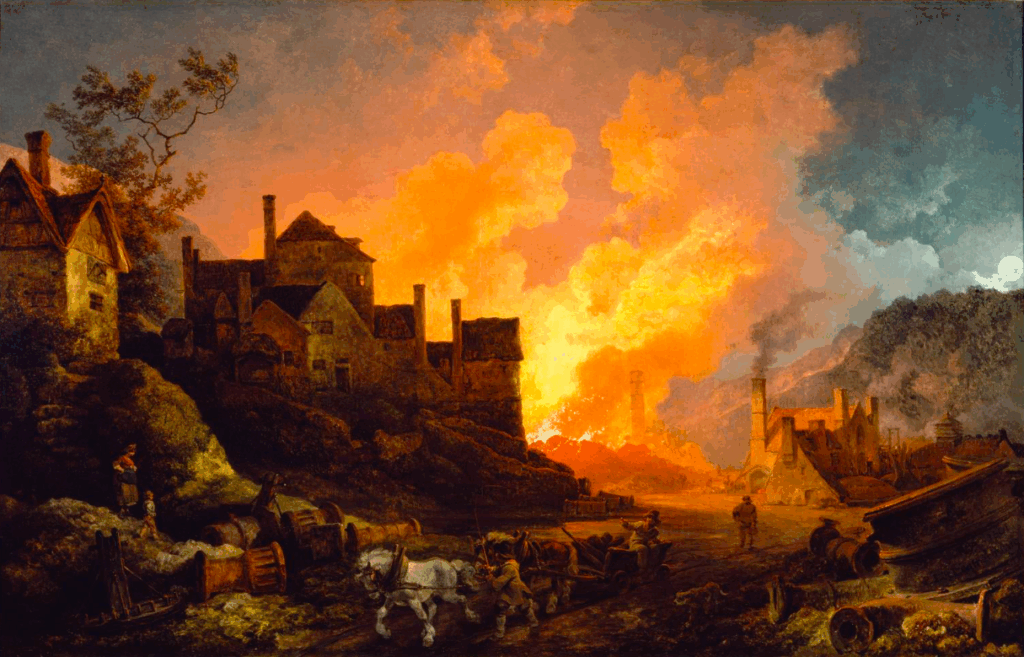
Industrialization kicked off in Britain and then raced across the globe, first hitting Western Europe and North America before reaching more distant places. Belgium, France, and Germany jumped on the bandwagon early, and by the late 1800s the United States had claimed the title of top industrial power.
Around the same time, Japan used the Meiji Restoration to overhaul its economy and even its military, proving that late starters could still catch up. These efforts were often powered by raw materials taken from colonies, with many people in Asia, Africa, and Latin America forced to supply the labor.
While the factories and railroads made wealth and new gadgets for the core nations, the colonized areas mostly ended up dependent and shaken, creating a clear split in the worlds industrial story.
Conclusion
Conclusion The story of the Industrial Revolution reads like an epic tale of ideas that re-made the world. Born in 18th-century Britain, it swapped farming economies for smoky factories and wove machines into everyday life. Steam engines, electric bulbs, assembly lines-each new gadget pushed society forward, sometimes faster than anyone hoped.
That rush brought wealth and invention, but it also squeezed workers, widened gaps between rich and poor, and scarred the earth. As steamships and railways crossed oceans, the revolution touched colonies in ways that deepened power struggles and shaped local industries. Today, smart phones, sneakers, and even green-energy windmills stand on the same blueprints drawn in that bold age.


